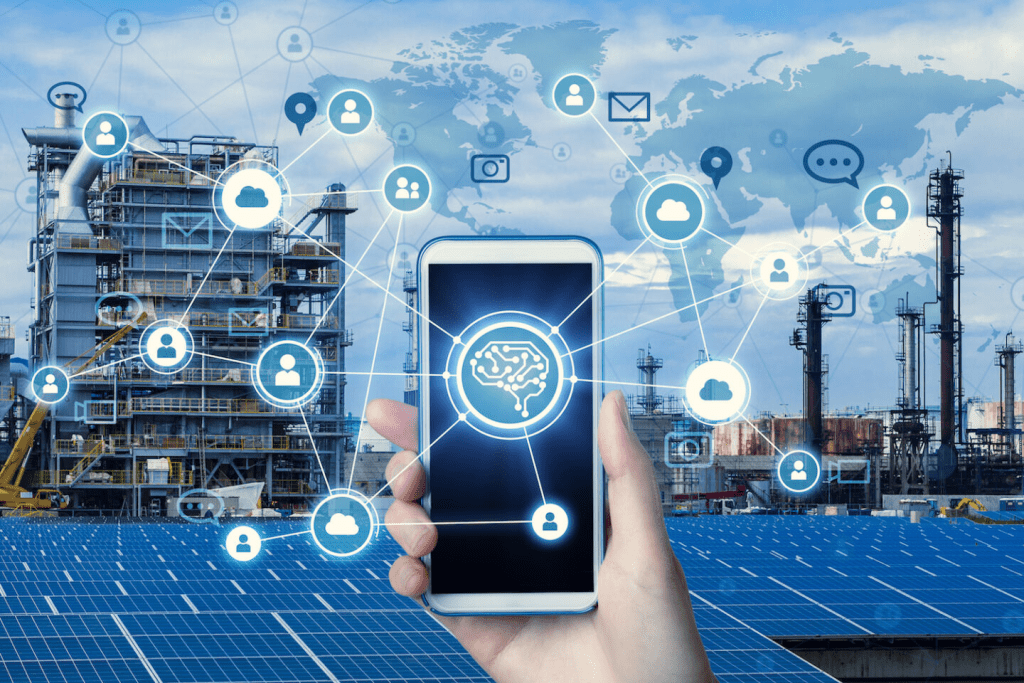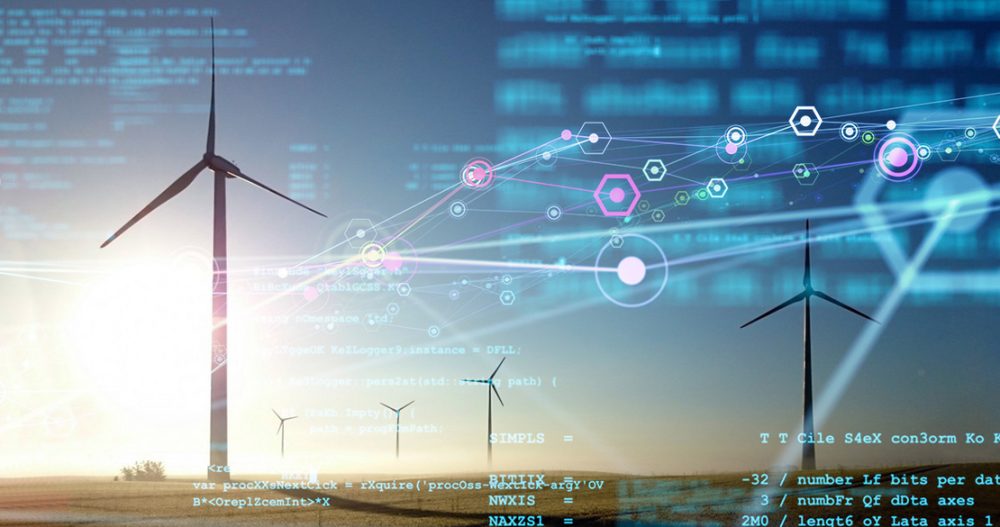In an era where sustainability is paramount, the intersection of artificial intelligence (AI) and solar energy presents a revolutionary path forward. As the popularity of solar panel installation continues to grow, AI’s potential to optimize solar energy grid management not only enhances efficiency but also aligns with global goals to reduce carbon footprints. As the demand for clean energy soars, understanding the nuances of how AI can transform solar energy grids is crucial. This article delves into the impact of AI on solar energy grid management, exploring its applications, benefits, and future potential.

The Evolution of Solar Energy
Solar energy has come a long way since its inception. Initially seen as a niche technology, it has grown exponentially due to advancements in photovoltaic cells and government incentives. Today, countries around the world are embracing solar power as a viable alternative to fossil fuels. The global adoption of solar energy has been driven by technological improvements, cost reductions, and an increasing awareness of environmental issues.
Understanding Grid Management
Grid management refers to the process of balancing the supply and demand of electricity within a power grid. It involves the coordination of energy production, transmission, and distribution. Traditional grid management faces several challenges, including the unpredictability of renewable energy sources, aging infrastructure, and the need for real-time data analysis.
The Role of AI in Energy Management
AI, or artificial intelligence, encompasses technologies that allow machines to perform tasks that typically require human intelligence. In energy management, AI technologies such as machine learning, neural networks, and advanced analytics play a pivotal role. These technologies enable the analysis of vast amounts of data, making it possible to optimize various aspects of energy production and distribution.
AI Applications in Solar Energy Grid Management
Forecasting Solar Energy Production
One of the most significant challenges in solar energy management is predicting the amount of energy that will be generated. AI algorithms can analyze historical weather data, satellite images, and other relevant factors to forecast solar energy production with high accuracy. This helps in planning energy storage and distribution more effectively.
Optimizing Energy Storage and Distribution
AI can optimize the storage and distribution of solar energy by predicting demand patterns and managing energy flows. This ensures that energy is stored when production is high and distributed efficiently when demand peaks. It helps in reducing wastage and ensures a stable energy supply.
Predictive Maintenance and Fault Detection
AI-driven systems can monitor the health of solar panels and grid infrastructure in real-time. By analyzing data from sensors, AI can predict potential faults and maintenance needs, reducing downtime and extending the lifespan of equipment. This proactive approach minimizes operational costs and enhances grid reliability.
AI-Driven Demand Response Systems
Real-Time Monitoring and Control
AI enables real-time monitoring and control of energy consumption. By analyzing data from smart meters and other sensors, AI systems can adjust energy distribution based on real-time demand. This flexibility is crucial for managing the variability of solar energy production.
Dynamic Pricing and Load Shifting
AI can also facilitate dynamic pricing models that reflect real-time energy supply and demand. This incentivizes consumers to shift their energy usage to off-peak times, balancing the load on the grid and making better use of available energy.

Enhancing Grid Stability and Reliability
AI’s Role in Balancing Supply and Demand
Balancing the supply and demand of electricity is critical for maintaining grid stability. AI systems can predict fluctuations in both production and consumption, adjusting the grid’s operations accordingly. This capability is particularly important for integrating variable renewable energy sources like solar power.
Reducing Energy Wastage
AI’s ability to optimize energy distribution reduces wastage, ensuring that generated solar power is utilized effectively. By preventing overproduction and underutilization, AI contributes to a more efficient and sustainable energy system.
Case Studies of AI in Solar Energy Grid Management
Several regions have successfully integrated AI into their solar energy grid management systems. For example, in the United States, AI is used to optimize grid operations in California, a state with a significant amount of solar power capacity. In Europe, countries like Germany are leveraging AI to manage their renewable energy sources, including solar power, to maintain grid stability. These case studies demonstrate the tangible benefits of AI in real-world scenarios.
Challenges and Limitations
Despite its potential, the integration of AI in solar energy grid management faces several challenges. Technical issues such as data integration, algorithm accuracy, and infrastructure compatibility can hinder AI’s effectiveness. Additionally, ethical and security concerns, including data privacy and the potential for AI bias, must be addressed to ensure the responsible use of AI technologies.
The Future of AI and Solar Energy
The future of AI in solar energy grid management is bright, with emerging trends and innovations paving the way for more efficient systems. Advances in machine learning, edge computing, and blockchain technology are expected to further enhance AI’s capabilities. Policymakers and regulators will play a crucial role in shaping the future landscape by setting standards and guidelines for AI integration in the energy sector.
Environmental and Economic Benefits
The integration of AI in solar energy grid management offers significant environmental and economic benefits. By optimizing energy production and consumption, AI helps reduce greenhouse gas emissions and contributes to a cleaner environment. Economically, AI-driven systems can lower operational costs and promote investment in renewable energy, driving economic growth and job creation.
AI and Decentralized Energy Systems
Microgrids and Peer-to-Peer Energy Trading
AI is also playing a pivotal role in the development of decentralized energy systems, such as microgrids. These localized grids can operate independently or in conjunction with the main grid. AI can facilitate peer-to-peer energy trading within microgrids, enabling consumers to buy and sell solar energy directly with each other. This democratizes energy production and consumption, providing greater energy autonomy and resilience.
The Role of AI in Decentralized Systems
In decentralized energy systems, AI can manage the complex interactions between various energy sources, storage solutions, and consumers. This includes optimizing energy flows, predicting local demand, and ensuring that the system operates efficiently. AI’s ability to analyze and respond to real-time data is critical for the success of decentralized energy systems.
Public Perception and Awareness
Public perception and awareness of AI’s role in solar energy grid management are evolving. While there is growing recognition of the benefits, misconceptions and concerns about AI remain. Increasing public awareness and education about the positive impacts of AI on energy efficiency and sustainability can help build trust and acceptance.
Conclusion
The integration of artificial intelligence in solar energy grid management marks a significant advancement in the quest for sustainable and efficient energy systems. AI’s ability to predict, optimize, and manage various aspects of energy production and consumption offers unparalleled benefits, from enhancing grid stability to reducing carbon emissions. As technology continues to evolve, the collaboration between AI and solar energy will be pivotal in shaping a cleaner and more sustainable future.
FAQs
1. How does AI improve solar energy efficiency?
AI improves solar energy efficiency by optimizing energy production, storage, and distribution. It predicts weather patterns, forecasts energy generation, and adjusts energy flows based on real-time demand, reducing wastage and ensuring efficient use of resources.
2. What are the biggest challenges in integrating AI with solar energy grids?
The biggest challenges include technical issues such as data integration, algorithm accuracy, and infrastructure compatibility. Ethical and security concerns, including data privacy and potential biases in AI algorithms, also pose significant challenges.
4. Can AI reduce the cost of solar energy?
Yes, AI can reduce the cost of solar energy by optimizing operations, reducing energy wastage, and improving the efficiency of energy systems. This leads to lower operational costs and more efficient use of resources, ultimately lowering the overall cost of solar energy.
5. What is the future of AI in renewable energy?
The future of AI in renewable energy is promising, with continuous advancements in technology expected to enhance AI’s capabilities. Innovations in machine learning, edge computing, and blockchain technology will further integrate AI into energy systems, promoting efficiency and sustainability.
Check out more AI tool.
Elevate Guest Experience with RoomGenie
🚀 Check out NewsGenie – Your AI consultant
